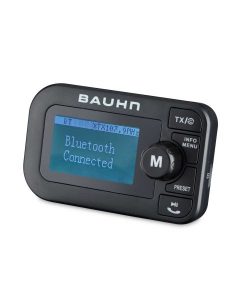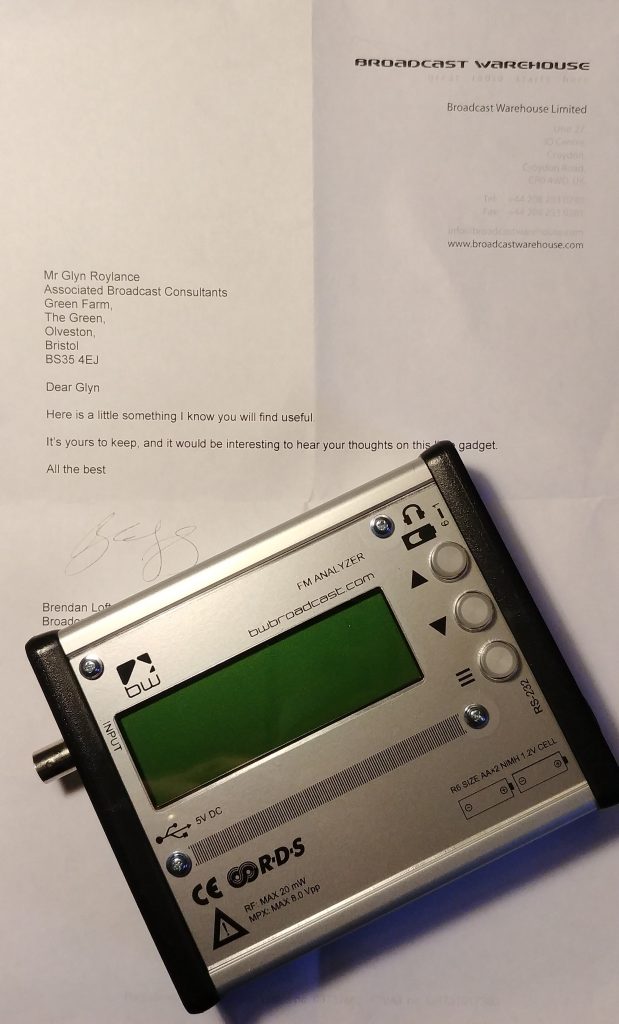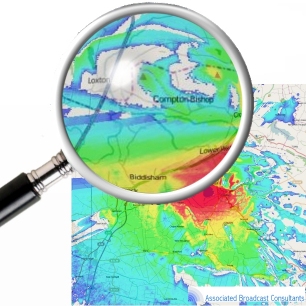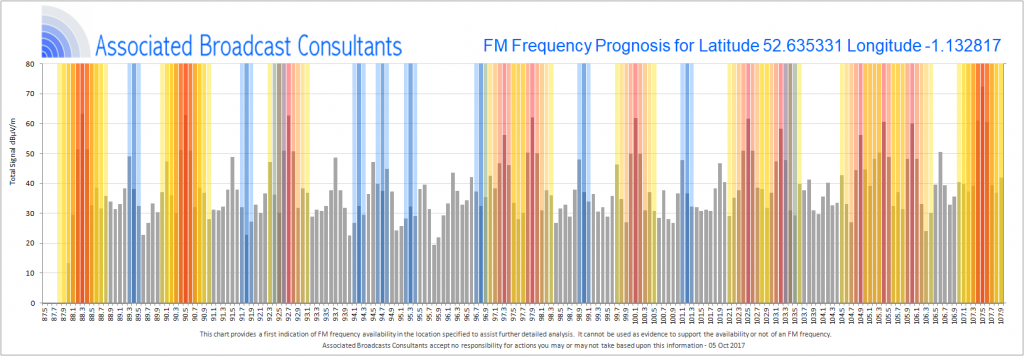Here is the news
Coming to you every hour on the hour
Here is the news
The weather’s fine but there may be a meteor shower
 No prizes for recognising that 1981 song from Electric Light Orchestra! But if you are a community, internet or small radio broadcaster, what are your options for a reliable news bulletin at the top of each hour? In this blog we review the pros and cons of three services, and give our independent recommendations.
No prizes for recognising that 1981 song from Electric Light Orchestra! But if you are a community, internet or small radio broadcaster, what are your options for a reliable news bulletin at the top of each hour? In this blog we review the pros and cons of three services, and give our independent recommendations.
The three services we review below are:
- IRN/Sky – Well known provider that has been providing news bulletins since the start of UK commercial radio back in 1973
- FSN – Feature Story News – London and Washington-based organisation that produces affordable international news bulletins
- Radio News Hub – UK-based team of journalists producing updates around the clock for radio stations.
For each news service we assess the aspects that we think are most important for any UK-based station:-
- Quality – relevance to UK audience, presentation, updates etc
- Delivery – the ease and flexibility, or not, of delivery methods
- Cost – there is a surprising variation!
Perhaps the most well known radio news service, IRN/Sky deliver a ready to air hourly bulletin 24/7. The service also includes regular audio and scripts on entertainment news, finance,
technology and sport, including match reporting rights on the Premier League.
Quality
Quality is generally good – plus exclusively UK voices as far as we have heard. However we hear regular complaints that their timeliness is not great – sometimes a second or two early or late starting, or finishing!
Delivery
The main delivery method is live satellite feed. There are two alternatives:-
- Astra 2A – receivable on a normal 50cm Sky dish (in most of UK) and Sky box. The audio is delayed by 2 ½ seconds
- Astra 4A – needs a larger 90cm dish in UK (which is more tricky to align correctly) but you could still use connect it to a standard Sky box. Delayed by only ¾ second.
Both satellite feeds can be received on a standard Sky receiver (very cheap on Ebay) but you need to tune it in using the “secret” installer menu. Also be aware that unless you have battery backup, when the power fails your standard Skybox will no longer relay IRN until you re-select it in the menus!
From experience we know that inexperienced presenters have difficulty in “hitting” the news on time with a live feed. This is exacerbated because the IRN feed plays other audio almost up to the hour – so they cannot open the fader too early!
IRN do provide a ftp downloadable version of the previous hour’s bulletin. It is easy to automate download of this file every hour, however it contains the time check from the previous hour!
Cost
The cost of IRN depends upon what type of station you are. The price for an online station is £2000 plus VAT per year. If however you are a charity or Community Interest Company then there is a nominal charge of £293.17 plus VAT per year. Rather strangely, Rajar stations (only) can take their Newslink package free of charge, which includes an advert after the end of the news – this is not open to stations who are not on Rajar.
 Founded in 1992 by journalist Simon Marks, FSN covers news and events as they occur via a network of bureaus in global news capitals across the Americas, Europe and Africa.
Founded in 1992 by journalist Simon Marks, FSN covers news and events as they occur via a network of bureaus in global news capitals across the Americas, Europe and Africa.
Quality
FSN offer a choice of 30 second, 3 Minute and 5 Minute world news updates. Quality is quite good, although in our experience, on average we have found it to be slightly biased towards a more American audience. Some of the news presenters have American accents, some British. At weekends, although delivered hourly, it does not seem to change much, so by Sunday evening it can sometimes sound a bit “stale”.
Delivery
FSN news is delivered hourly online. It is relatively easy to automatically download the audio files using wget, or a less geeky program as you prefer. We found that used unedited, the news did not sound “tight” enough due to variable gaps at the start and end of the audio. This is quite easily fixed by using some software called mp3splt which can automatically top and tail the audio based upon your preferred silence threshold.
Cost
FSN’s news bulletins are prices at $15 per month – for that you can choose which one you broadcast, and have rights for on-air and online.
 Launched in 2015 as a competitor to IRN, Radio News Hub provide news, sport, business and showbiz bulletins to client stations around the UK and around the World 24×7.
Launched in 2015 as a competitor to IRN, Radio News Hub provide news, sport, business and showbiz bulletins to client stations around the UK and around the World 24×7.
Radio News Hub provide an English speaking service from a team based in Leeds. The on air team consists of Jamie Fletcher (ex Real Radio & Sky Sports News Radio), Stephanie Otty (ex The Pulse & Sky Sports News Radio) and Jon Francis (ex Teamtalk & Sky Sports News Radio).
Quality
The bulletin is delivered hourly as a 192kbps mp3 file, which is generally good enough quality for voice. The quality of delivery is very good, with English voices. The news bulletin is 1 minute long followed by a 30 second advert. There are options available for stations that do not want to have the advert and/or community stations that cannot take adverts.
Delivery
Delivery uses Shared Dropbox folder, which in our experience is the nicest, easiest way to receive such content. The Dropbox folder will sit locally on your computer and will sync automatically at ten to each hour. Most playout systems can be configured to pick up the news.mp3 file each hour from the same folder. The sample provided to us did not contain undue silence at start or end, so would not need the topping and tailing stage mentioned above.
Cost
The Radio News Hub service costs from £14.99 per month for a one-minute bulletin which contains a 30-second ad. For that price you also get 10-second national weather + one minute of sport, business and showbiz twice daily Mon-Fri. So all in all quite good value for around 20 hours of quality audio a month. Extra premium services are available such as Weekend Sport £5.99 per month, Extended 30 second weather £5.99 per month and International News Bulletins for £49.99 per month
Summary
The best choice of news provider will depend upon where your priorities lie. On one hand, you could say IRN – although it’s expensive, a bit like IBM or Ford, you won’t get sacked for making that choice – they have a proven track record. On the other hand cost may be king and you’ll select FSN – but remember as in most things in life you get what you pay for! Radio News Hub looks like it might have hit the optimum compromise for a news service.

Quality – WINNER - Radio News Hub
– IRN and Radio News Hub lead the pack with entirely British voices, best suited for a British audience. If we had to choose one, we’d select Radio News Hub because being file-based it can be delivered when needed, rather than with a variable delay around the top of the hour with IRN feeds.
Delivery – WINNER Radio News Hub
– Running a small radio station is hard work, so you want to make things as easy as possible. Hands-down winner for convenience is Radio News Hub. They use Dropbox which is an elegant and simple solution. Definitely much easier than fiddling around with satellite hardware and secret installer menus, and easier than using command-line programs like wget and mp3splt on the FSN files.
Cost – WINNER FSN, Radio News Hub close second
– Unsurprisingly the incumbent IRN is the most expensive at £351 per year (including VAT). The challenger service provided by Radio News Hub is quite a lot less at £180 per year. FSN is the cheapest at £145 (exchange rate 10 April) – but obviously with some currency uncertainty.


 In the meantime we’ve decided to produce our own coverage maps for EVERY licensed FM transmitter in the UK. These are designed to be as “MCA-like
In the meantime we’ve decided to produce our own coverage maps for EVERY licensed FM transmitter in the UK. These are designed to be as “MCA-like






 No prizes for recognising that 1981 song from Electric Light Orchestra! But if you are a community, internet or small radio broadcaster, what are your options for a reliable news bulletin at the top of each hour? In this blog we review the pros and cons of three services, and give our independent recommendations.
No prizes for recognising that 1981 song from Electric Light Orchestra! But if you are a community, internet or small radio broadcaster, what are your options for a reliable news bulletin at the top of each hour? In this blog we review the pros and cons of three services, and give our independent recommendations.
 Founded in 1992 by journalist Simon Marks, FSN covers news and events as they occur via a network of bureaus in global news capitals across the Americas, Europe and Africa.
Founded in 1992 by journalist Simon Marks, FSN covers news and events as they occur via a network of bureaus in global news capitals across the Americas, Europe and Africa. Launched in 2015 as a competitor to IRN, Radio News Hub provide news, sport, business and showbiz bulletins to client stations around the UK and around the World 24×7.
Launched in 2015 as a competitor to IRN, Radio News Hub provide news, sport, business and showbiz bulletins to client stations around the UK and around the World 24×7.